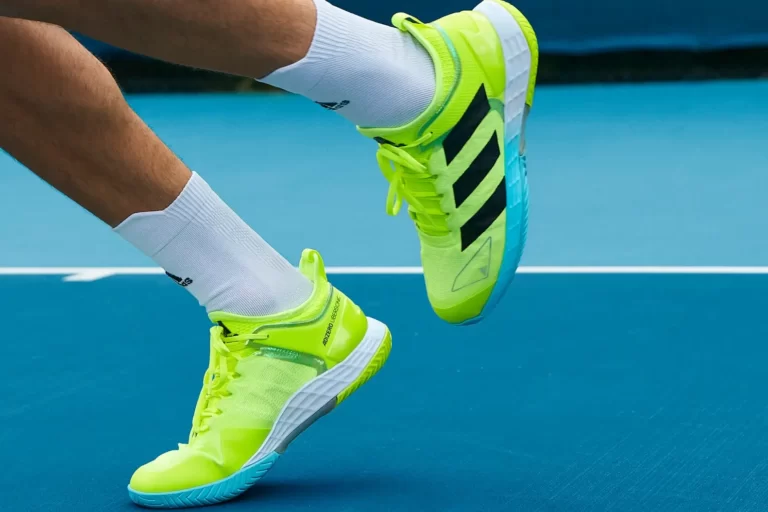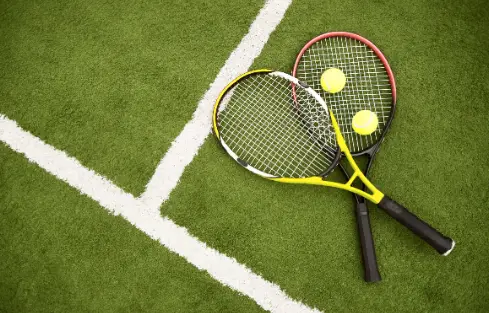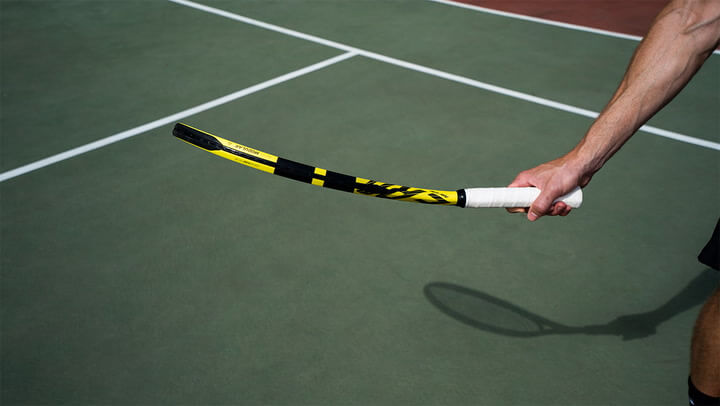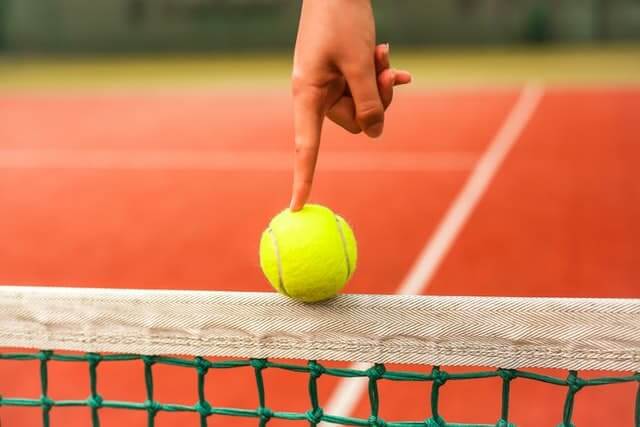How Many Tennis Balls Are Used In A Match?
The number of tennis balls used in a match can vary, but commonly singles matches utilize as few as 3 balls per match, and doubles matches use six to eight.
Tennis is an exciting game that combines skills, talent, and athleticism. Whether you’re a fan watching matches on TV or a player on the court, you might have wondered how many tennis balls are used in a game.

This article will delve into the exciting world of tennis balls and examine their significance, factors that affect tennis ball usage, and lifespan determinants.
The Number of Tennis Balls Used in a Match
Now, let’s address the burning question: how many tennis balls are used in a match? Whether a singles or doubles match is being played, as well as the game’s specific rules, will all influence the response.
| Match Type | Number of Tennis Balls Used |
| Singles Match | 3-6 |
| Doubles Match | 6-8 |
➢ In singles matches
Three and six tennis balls are commonly utilized in singles matches. The total varies depending on several variables, such as player preferences, the playing field, and the game’s length. Players frequently ask for a new ball after a certain number of matches or when they believe it has stopped performing at its best.
➢ In doubles matches
The number of balls used can be slightly more in doubles matches with four players. Six to eight tennis balls are typically used. Enough balls guarantee uninterrupted play without many breaks because doubles matches are more frantic and fierce.
I have included a Quora link where many people have discussed this topic you’re interested in.
Factors Affecting Tennis Ball Usage
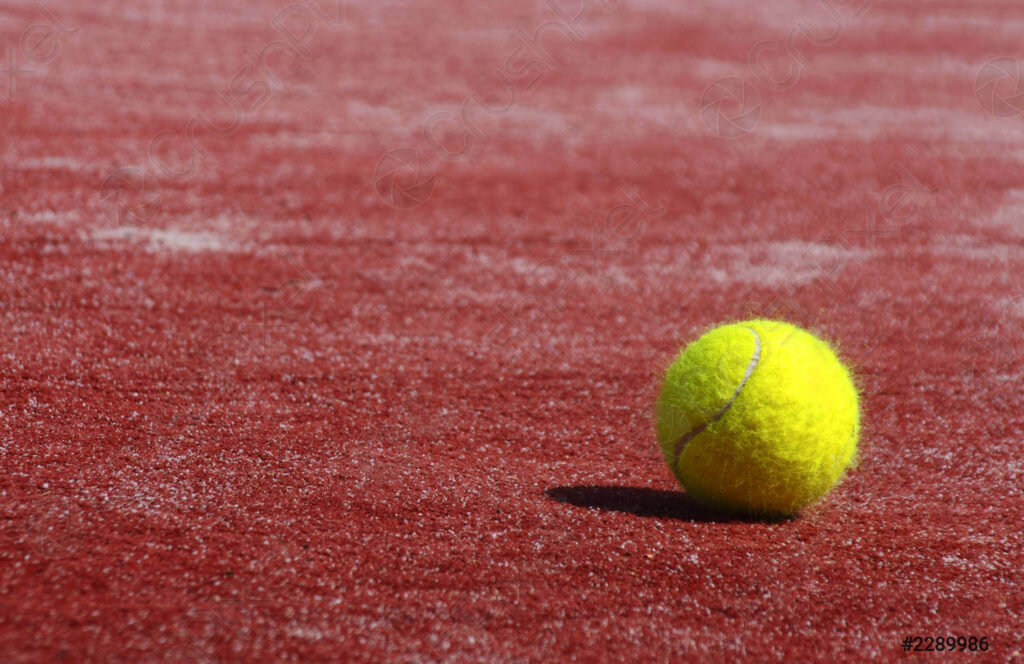
Several variables influence the amount of tennis balls used in a match. Depending on the playing conditions, player preferences, and match length, these variables can change from one match to the next.
Playing Surface
The playing surface is one of the most essential factors in determining ball usage. Tennis can be played on various surfaces, including complex, clay, and grass courts.
How the ball interacts with each surface influences how it bounces and wears. For instance, the abrasive characteristic of clay courts causes balls to wear out more quickly, necessitating more frequent ball replacements.
Player Preferences
Player preferences also influence the use of tennis balls. Some players could like a ball with a more significant bounce and more life, while other players might choose a ball with a slightly lower bounce that better fits their playing style. As a result, to retain their preferred playing circumstances, players may ask for ball changes more frequently.
Match Duration
The amount of balls utilized depends on how long the match lasts. More ball changes may be necessary for longer rounds, particularly tie-breaks and lengthy sets. Balls gradually degrade in performance as games go on, which affects their bounce and all-around enjoyment. Players frequently ask for new balls to maintain fairness and uniformity throughout the game.
Do Tennis Balls Have Different Weights?
Tennis balls do indeed come in a variety of weights. The weight of tennis balls used in competitive play is governed by rules set forth by the International Tennis Federation (ITF). By these rules, a typical tennis ball must weigh between 56.0 grams (1.975 ounces) and 59.4 grams (2.095 ounces).
A tennis ball’s weight can vary slightly depending on how it was made and its brand. All official tennis balls adhere to the weight range to ensure consistency and fairness in the game.
How Many Tennis Tournaments Are There In a Year?
Four main tennis competitions are known as the Grand Slam events in a calendar year. These competitions are frequently regarded as the most prestigious and vital in tennis. These four Grand Slam competitions are:
1. Australian Open
The Australian Open is the first Grand Slam competition of the year, which occurs every year in Melbourne, Australia. Matches on hard courts are contested over the two-week event in January.
2. French Open (Roland Garros)
Usually, from late May to early June, Paris, France, hosts the French Open. Clay courts, which are slower and favor players with a good baseline game, are used for the game.
3. Wimbledon
Wimbledon, held in London, England, is regarded as the oldest tennis competition in the world. It takes place two weeks in late June or early July and is played on grass courts. Wimbledon is renowned for its prestigious and historic setting.
4. US Open
New York City hosts the US Open in late August and early September in the United States. It concludes the Grand Slam season and is played on hard courts. The US Open is renowned for its electrifying ambiance and floodlit night contests.
So now you are aware of these events held in different countries and at other times. I will provide the table below for details about the countries and the balls used in each event:
| Grand Slam Event | Approximate Number of Tennis Balls Used |
| Australian Open | 48,000 |
| French Open | 65,000 |
| Wimbledon | 54,000 |
| US Open | 70,000 |
The Lifespan of Tennis Balls
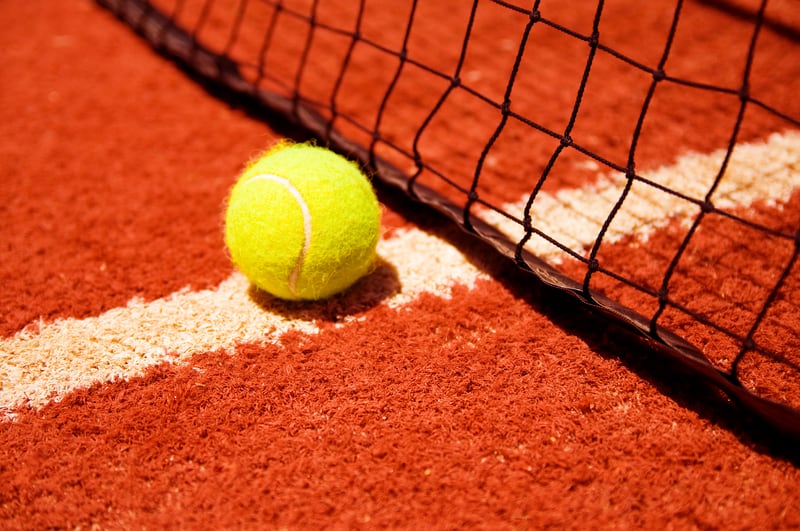
Tennis balls have a limited lifespan, much like any other equipment. Their durability varies based on variables, including ball quality, playing surface, and usage frequency.
Tennis Ball Durability
Tennis balls of the highest caliber are made to withstand the stresses of play and deliver steady bounce and performance for a respectable amount of time. Tennis balls, however, gradually lose pressure as the match goes on, which impacts their bounce and all-around playability. Ball substitutions during games are necessary due to this progressive performance degradation.
Signs of Wear and Tear
It’s crucial to know when to replace a tennis ball. Loss of bounce, a change in felt texture, apparent fissures in the rubber, or an overall sense of weight are all indications of wear and tear. It’s time to retire the old ball and replace it with a new one for the best possible gameplay once these indicators become apparent.
Tennis Ball Recycling and Reuse

Tennis ball recycling and reuse have grown in relevance recently due to rising environmental concerns. Tennis balls can be reused or recycled in several ways rather than being thrown away.
Environmental Considerations
Tennis balls, mainly constructed of rubber, can take a long time to break down in landfills. Tennis balls can be reused or recycled to help reduce waste and harm to the environment. To give abandoned tennis balls a second chance at life, numerous organizations and projects concentrate on gathering and recycling them.
Donating Used Tennis Balls
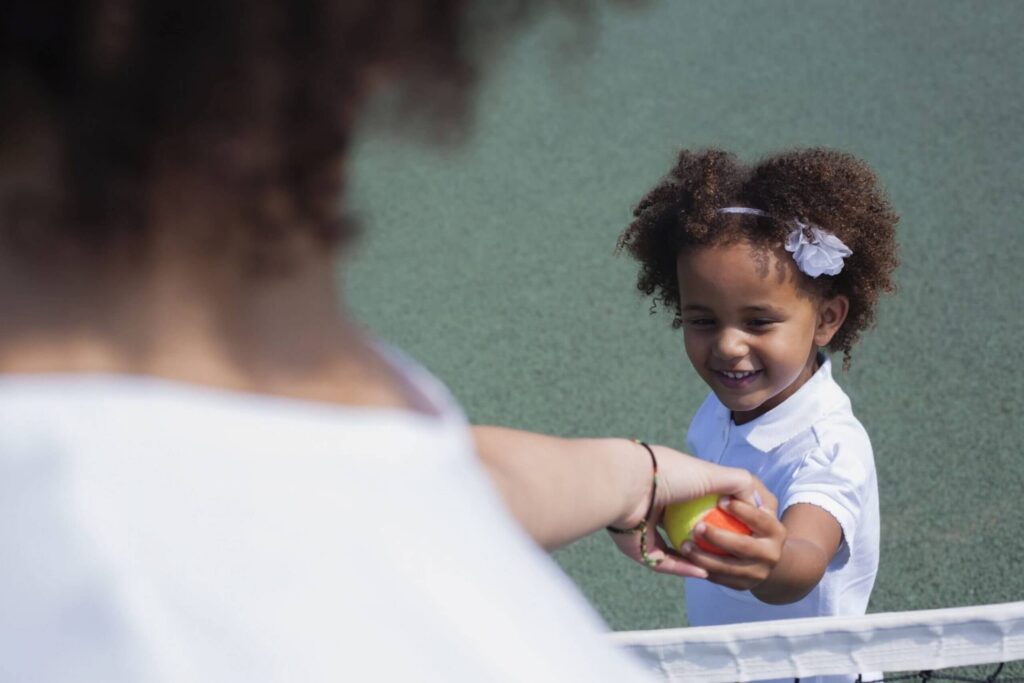
Used tennis balls can be donated to animal shelters, community centers, or schools for use in various projects. Tennis balls are a great addition to classroom activities because they may be used as chair leg protection, game pieces, or even for crafts. They are frequently used as enrichment and exercise toys for dogs in animal shelters.
Repurposing Tennis Balls
There are several uses for used tennis balls if you’re feeling inventive. They can be made into functional objects like jar openers, key holders, and doorstops. Your old tennis balls can be given new life with creativity and inexpensive crafting materials.
Please watch this YouTube link provided here, which starts at the timestamp 0:56 and goes until 2:28. Take a look and get assistance.
Frequently Asked Questions
How are tennis balls made?
Tennis balls are made by combining rubber and a felt covering. A felt material adheres to the surface after the rubber is heated and molded into a sphere. During gameplay, the felt aids in control and grip.
Can tennis balls lose their bounce?
Yes! Tennis balls can lose their bounce over time. The ball’s performance steadily deteriorates as the felt covering and rubber core are subjected to pressure fluctuations. A tennis ball needs to be replaced when it also no longer bounces.
How can I recycle old tennis balls?
Old tennis balls can be recycled in several ways. Used tennis balls are gathered by numerous programs and organizations for recycling. They can be reused or recycled by giving them to animal shelters, community centers, or educational institutions.
Are there any alternatives to tennis balls?
Yes, there are alternatives to traditional tennis balls. Tennis balls without an internal pressure core and made of solid rubber are sometimes used by players. These balls are frequently used for practice since they retain their bounce over time.
Can I reuse tennis balls for practice?
Yes, you can practice with previously used tennis balls. They might not perform as well as brand-new balls, but they can still be helpful for practice sessions and training drills. Tennis balls can be used repeatedly for practice, extending their useful life and reducing waste.
Conclusion
The number of tennis balls used in a match varies depending on the kind of match, the player’s preferences, and the length of the match. Tennis balls typically range from three to six for singles matches, and six to eight for doubles matches. The time a game lasts and the surface it is played both affect ball consumption. Tennis balls generally lose bounce as they age, and replacement is necessary to maintain a level playing field.
REFERENCES
- https://en.wikipedia.org/wiki/List_of_tennis_tournaments
- https://en.wikipedia.org/wiki/Grand_Slam_(tennis)
- https://www.quora.com/How-many-tournaments-does-a-tennis-player-play-in-a-year
- https://www.quora.com/Why-are-tournament-tennis-balls-of-different-weights-for-men-and-women-How-do-they-both-compare-to-commercially-available-tennis-balls
- https://www.tennisexpress.com/info/recycle-balls

